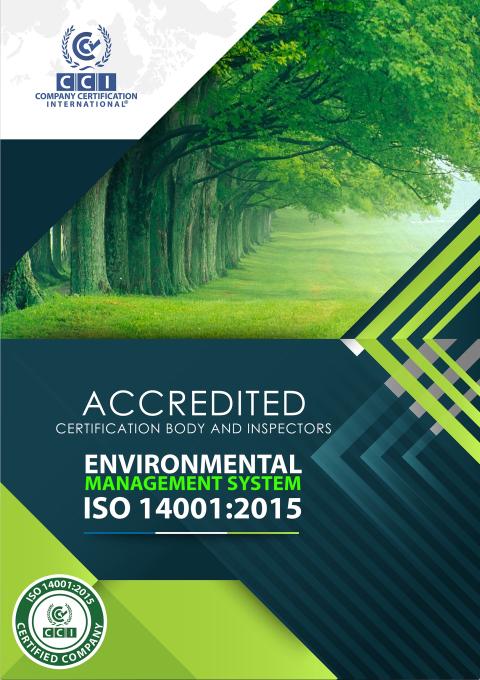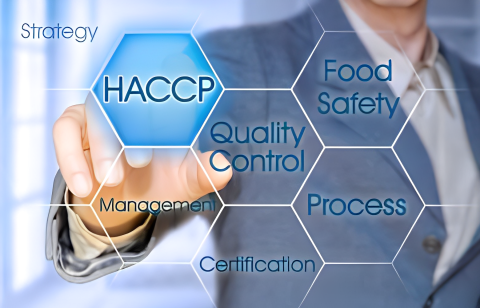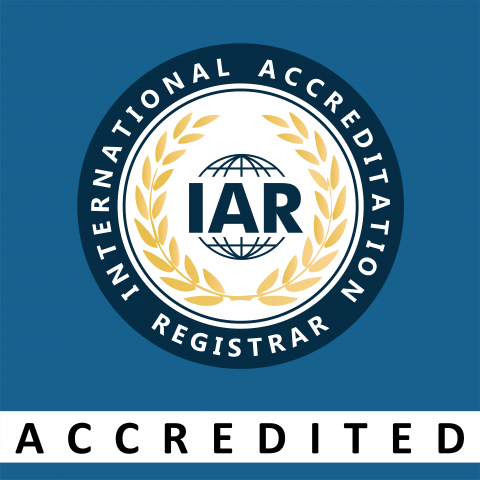ISO 14001|EMS

Environment Management System
With the alarm of global warming and its consequences, human society has become serious about ecology and its preservation. ISO 14001 is an international standard developed by the International Organization for Standardization (ISO) through dedicated technical committees representing approximately 173 countries around the world. Its purpose is to enable an organization of any type or size to develop and implement a policy committing it to the prevention of pollution, compliance with legal and other requirements, and continual improvement. Companies adopting ISO 14001 EMS are well placed against their competitors and are duly recognized at the global level. Environmental regulations are getting stricter, and so is law enforcement. Customers and shareholders increasingly demand that businesses diminish the environmental impact of their business, demonstrate what they do, and how they improve. An Environmental Management System helps your organization to be in control of and successfully manage the most significant environmental aspects, e.g. emissions, waste handling, utilization of natural resources, and energy efficiency. An ISO 14001 implementation and certification proves that your Environmental Management System has been measured against a best practice standard and found compliant.
Key Benefits
- Implementing ISO 14001 helps your company in the following way
- Compliance to Environmental Legislation
- Improving cost control through materials and Energy
- Reducing Environmental Incidents
- Improve Image with Authorities
- Improve Employee ethics
- Improve awareness in society


